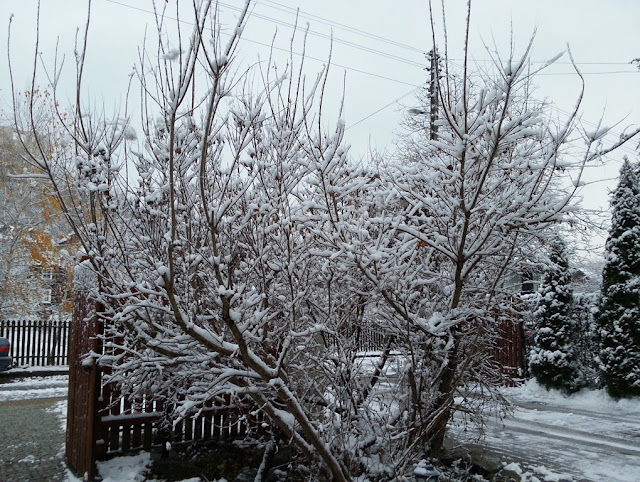Let's move first into this direction to see the monumental National Theater and Opera House.
I like best the horse carriage on top of the entrance. It is a Roman Quadriga, used for chariot racing. I tell you, any horse would like to be part of it.
On the other side of the street you will see another nice building - the Jablonowski Palace.
Before World War II it used to be the City Hall of Warsaw. It was unfortunately completely destroyed during the war. It was only reconstructed in 1997. To give you an impression of how this place was changing you can look at this postcard.
Today, the palace is the seat of some commercial banks who financed its reconstruction.
Just next to the palace, you will see the church of St. Albert and St. Andrew. It is the smallest church in Warsaw. It was also destroyed during World War II end reconstructed only in the 1990s.
Now let's get back to the Tomb and lets walk to the right.
The classical building (that used to be white) is the Zachęta Art Gallery.
And the round building in the back is the Holy Trinity Church. It is the biggest Augsburg Evangelical church in Warsaw.
My favourite view in this part of the city is the panorama of Zachęta, the Trinity Church, with the Palace of Culture and Science in the backgroung. Something old, something new and the blue sky on top.


















































